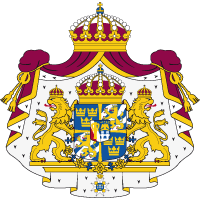
Façade renovations at the Royal Palace
The ongoing restoration of the façades at the Royal Palace is the biggest stonework project of modern times. The project began in 2011, and is currently expected to be completed in 2050.
The construction of the current palace began in the 1690s. Sweden was a great power at this time, and the palace was the centre of power. The façades of architect Nicodemus Tessin the Younger's Romanesque Baroque style palace are richly ornamented with a wealth of details in Gotland sandstone. Today, just as then, the building attracts attention and is one of the foremost landmark buildings of the European Baroque.
From maintenance to restoration
The first signs that the porous stone was crumbling were noticed as early as the late 18th century, and stones have been replaced, repaired and reinforced ever since. A baluster fell from the roof in 2005. The subsequent urgent investigation revealed that the stonework was in an even worse condition than had been feared. The façades were covered with netting to minimise the risk of injuries if more stones were to come loose.
In April 2011, the first stage of restoration began on 22 pieces of stonework. The Swedish National Property Board is responsible for the palace, and is leading the work in association with several different experts and authorities that deal with historic monuments. This is difficult and time-consuming work. Not since the palace was built has such an extensive stonework project been carried out in Sweden.
Completion of the central section of the western façade
The eighth stage of the renovation work on the Royal Palace's façades was completed in November 2021. The nine medallions in relief featuring royal portraits and the five-metre tall female sculptures (the caryatids) can now be seen from the Outer Courtyard once more.
The next stage – stage nine – involves working on the central section of the palace's southern façade.
The restoration work involves replacing the most damaged façade stones, while others will be recarved and reinstated. As far as possible, attempts will be made to preserve sculpted details with high artistic value using advanced conservation techniques.
More resistant stone
The palace's façade stonework is carved from Gotland sandstone. Initially, it was hoped that this sandstone could be reused except in the most climatically exposed positions, where more resistant stone is required. However, since Gotland sandstone is no longer quarried to a sufficient extent, the Swedish National Property Board has sourced suitable replacement stone from Germany, Poland and Switzerland.
Top image: The west façade of the palace, foto: Sanna Argus Tirén
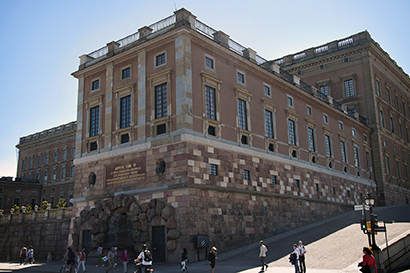
The façade project will take forty years. The restoration work involves replacing the most damaged façade stones, while others will be recarved and reinstated. Photo: Erik Günther/SFV
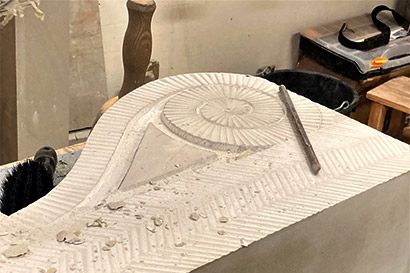
No two pieces of stone are identical, meaning that every stone has to be adjusted using hand tools and measured to fit, and some of the decorative elements need to be newly carved. Photo: Emma Österberg/SFV

New balusters ready to be replaced. Photo: Emma Österberg/SFV
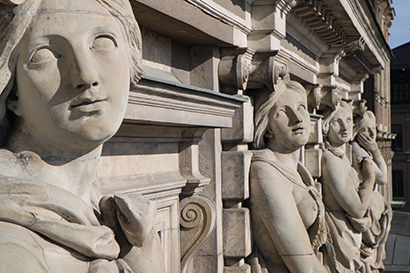
The western façade features ten caryatids – female figures which act as pillars – each of which is five metres high. The word caryatid comes from the Greek, and means 'maiden from Karyai'. Photo: Erik Kampmann
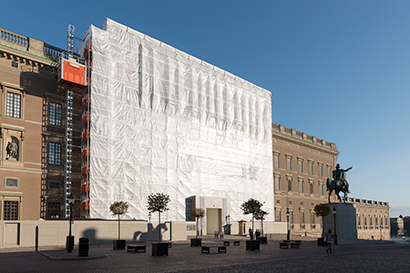
Stage nine involves working on the central section of the palace's southern façade, and will end summer 2024. Photo: Jenny Adén
